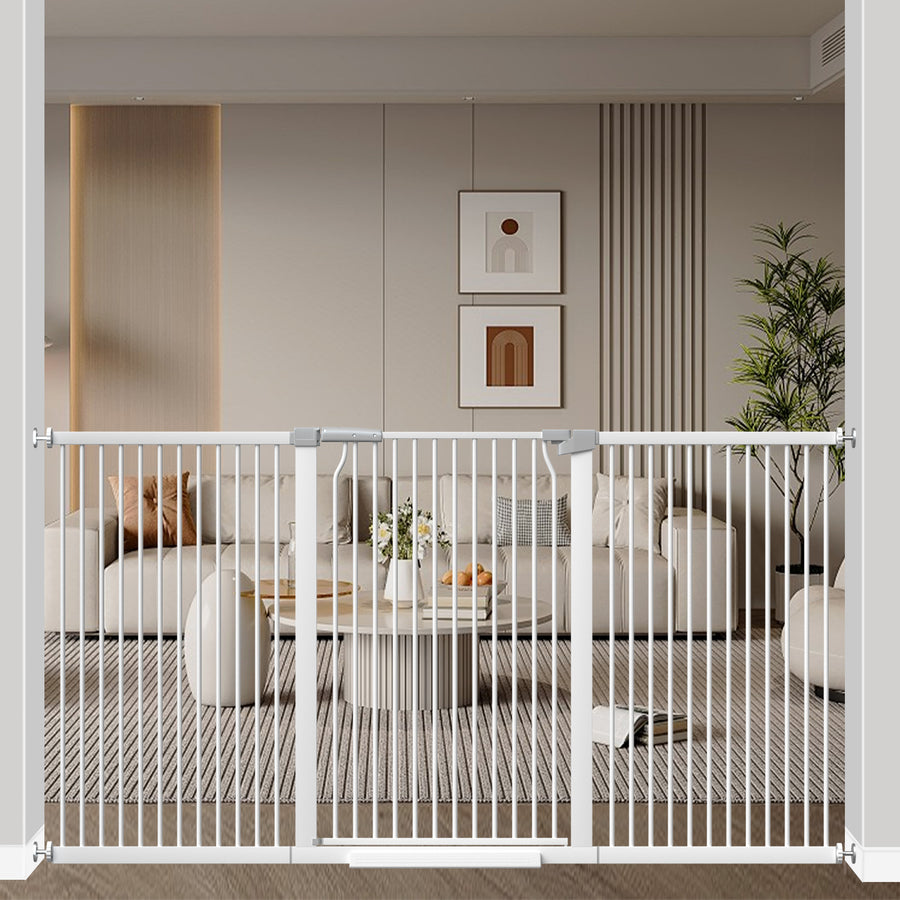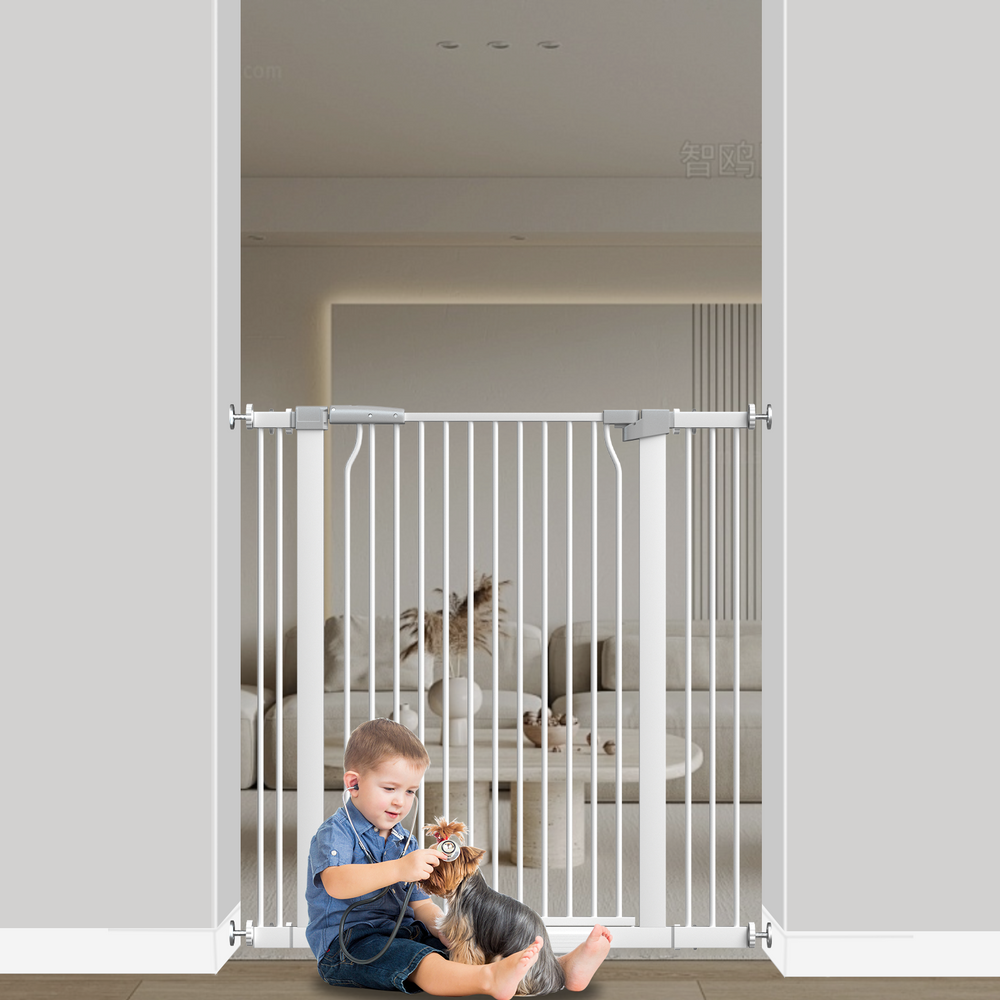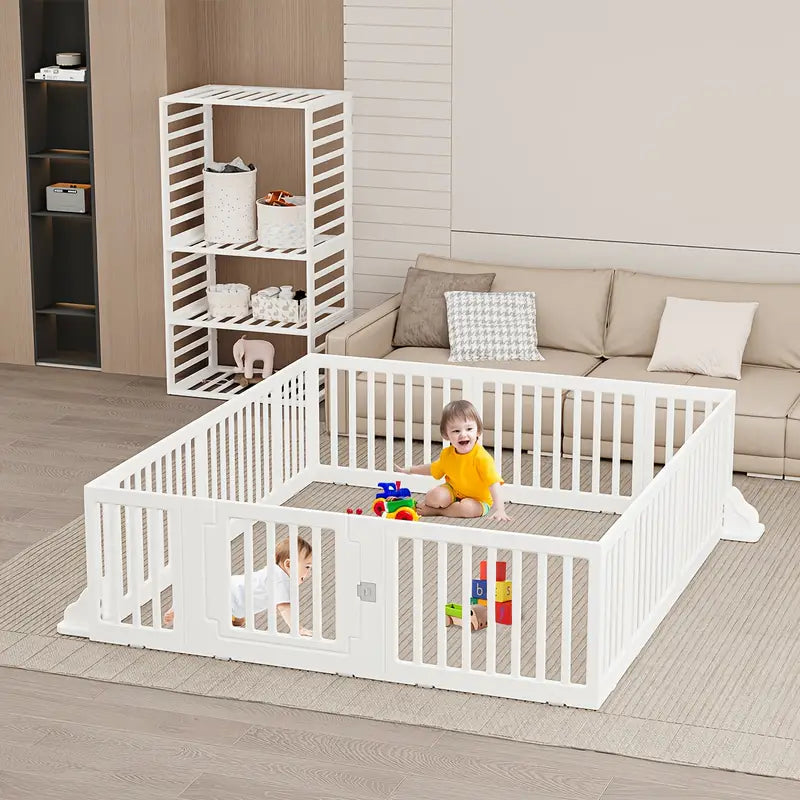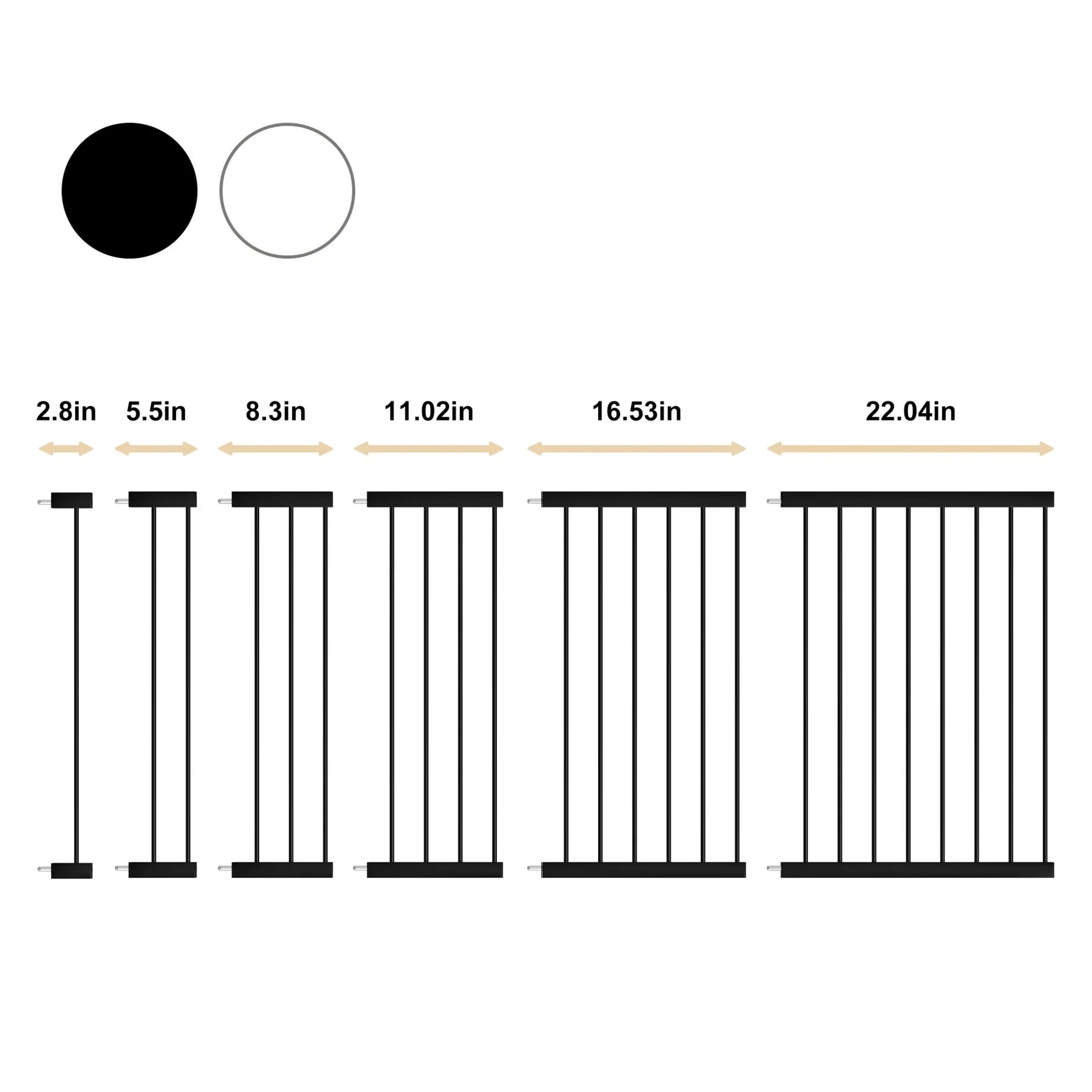Essential Strategies for Preventing Accidents in Crawling Babies
Creating A Safe Environment For Crawling Babies
It's amazing watching your baby start to crawl! But before they take off, it's super important to make sure your home is safe. Babies are curious, and they'll explore everything, so we need to get down on their level and see what dangers might be lurking.
Remove Sharp Objects From Reach
Crawling babies explore with their hands and mouths, so anything sharp within reach is a potential hazard. Think about things like knives, scissors, glass objects, and even small decorative items with pointy edges. Put these items well out of reach, preferably in locked cabinets or high shelves. I had a close call when my little one almost grabbed a pair of scissors I'd left on the coffee table – scary stuff!
Secure Heavy Furniture
Babies love to pull themselves up on furniture as they learn to stand. This is where securing heavy items becomes really important. Bookshelves, dressers, and TVs can easily tip over if a baby pulls on them.
Here's what you can do:
- Use furniture straps to anchor heavy items to the wall. These are inexpensive and easy to install.
- Check that all furniture is stable and doesn't wobble. If it does, fix it!
- Avoid placing tempting items on top of furniture that might encourage your baby to reach up and pull.
Securing furniture is one of those things you don't think about until it's almost too late. It's a simple step that can prevent serious injuries.
Cover Electrical Outlets
Electrical outlets are at the perfect height for curious crawlers, and they pose a significant risk of electric shock. The solution is simple: cover them up! You can use outlet plugs, which are small plastic inserts that fit snugly into the outlets. Or, you can install outlet covers, which are more secure and prevent kids from pulling the plugs out. We opted for the covers after our toddler figured out how to remove the plugs in about 2 seconds flat. You can find home safety tips online.
Here's a quick comparison of outlet protection options:
| Type | Cost | Security | Ease of Use |
|---|---|---|---|
| Outlet Plugs | Low | Moderate | Easy |
| Outlet Covers | Medium | High | Moderate |
Using Safety Equipment Effectively
Okay, so you've baby-proofed as much as you can, but let's be real, kids are crafty. That's where safety equipment comes in. It's not just about buying stuff; it's about using it right. We're talking baby gates, playpens, highchairs – the whole shebang. Let's dive in.
Install Baby Gates
Baby gates are a must, especially if you have stairs. Seriously, don't skip this. Make sure you get the kind that screws into the wall at the top of the stairs, not the pressure-mounted ones. Those pressure ones are okay for doorways, but stairs? No way. You want something super secure. I've seen too many close calls. Also, think about getting gates that are easy for you to open, but hard for your little one. Trust me, you'll be using them a lot.
Utilize Playpens
Playpens are great for when you need to contain your little explorer for a bit. Maybe you need to cook dinner, or just take a five-minute breather. But here's the thing: don't just throw your baby in there with nothing to do. Make it fun! Add some toys, maybe a soft blanket. And always, always make sure the sides are locked properly. I know it sounds obvious, but you'd be surprised. Also, keep it free of soft bedding like pillows or thick blankets. It's a suffocation risk.
Choose Safe Highchairs
Highchairs are another essential, but not all highchairs are created equal. You want one with a wide base so it won't tip over easily. And a five-point harness is a must. Those little Houdinis can wiggle their way out of anything less. Also, don't put the highchair near a table or counter. They can push off and tip the whole thing over. And never, ever leave your baby unattended in a highchair. It only takes a second for something to go wrong. Make sure the tray latches securely too.
Safety equipment is only effective if used correctly. Read the instructions, follow the guidelines, and double-check everything. It's better to be overcautious than to regret it later.
Supervision And Interaction

Okay, so you've baby-proofed like crazy, right? Awesome! But honestly, all the outlet covers in the world won't replace you actually watching your little explorer. It's a mix of joy and a whole lot of responsibility. As they start crawling, things get real. They're into everything!
Always Keep An Eye On Your Baby
This sounds obvious, but it's so easy to get distracted. Constant supervision is the best way to prevent accidents. I mean, you don't have to hover, but be present. Glance over often. Know where they are and what they're doing. If you need to step away, even for a second, take them with you or put them in a safe spot like a playpen. It's better to be safe than sorry. I remember one time I left my kid for literally 30 seconds and they were already trying to eat a houseplant.
Engage In Playtime
Playtime isn't just fun; it's a chance to teach your baby about safe exploration. You can guide them, show them what's okay to touch, and redirect them from things that aren't. Plus, it's great for bonding! Try to get down on their level. Crawl around with them. Make it fun. Use toys to encourage them to move and explore in a safe way. This helps them learn boundaries and understand what's safe and what's not. You can also supervise interactions with your baby and other children or pets.
Avoid Distractions While Caring
This is a tough one, I know. Phones are basically attached to our hands these days. But when you're actively caring for your crawling baby, try to put the phone down. Seriously. Those texts and social media updates can wait. It's so easy to miss something important if you're scrolling through Instagram. The same goes for other distractions like TV or conversations. Give your baby your full attention. If you're expecting an important call, maybe set up a baby gate so they are in a safe space.
Managing Household Hazards
It's amazing how many things in your house can suddenly seem dangerous once you have a crawling baby. You start seeing the world from their level, and it's a whole new perspective! The key is to be proactive and eliminate as many potential hazards as possible before your little one becomes mobile. It's not about creating a sterile environment, but about making smart choices to minimize risks.
Store Cleaning Supplies Safely
This is a big one. Cleaning supplies are often brightly colored and can look like fun toys to a baby. Plus, they often contain chemicals that can be extremely harmful if ingested.
- Always store cleaning supplies in a locked cabinet, high up and out of reach.
- Consider switching to more natural cleaning products, which are generally less toxic.
- Never leave cleaning products unattended, even for a second, while you're using them.
Lock Away Medications
Medications, both prescription and over-the-counter, are another major hazard. Kids are curious, and pills can look like candy. Even a small dose of some medications can be dangerous for a baby.
- Keep all medications in a locked medicine cabinet, out of reach of children.
- Be extra careful with medications you take regularly. Don't leave them on the counter or bedside table.
- Dispose of unused or expired medications properly. Many pharmacies offer take-back programs.
Keep Small Objects Out Of Reach
Babies explore the world with their mouths, so anything small enough to fit in their mouth is a potential choking hazard. This includes things like coins, buttons, batteries, jewelry, and small toys.
- Regularly check the floor for small objects and pick them up.
- Be mindful of small parts on toys and make sure they are securely attached.
- Avoid leaving small objects lying around on tables or counters where a baby could reach them. For example, keep home safety top of mind.
It's easy to get complacent about household hazards, especially if you've lived in your home for a long time. Take some time to do a thorough safety check and identify any potential dangers. It's better to be safe than sorry when it comes to your baby's well-being. Remember to enable cookies for a better experience.
Safe Clothing Choices For Babies
Choosing the right clothes for your crawling baby is more than just about looking cute; it's about safety and comfort. Babies explore the world with their hands and mouths, so what they wear matters.
Avoid Strings And Loose Fabrics
Strings, ribbons, and loose fabrics on baby clothes can pose a strangulation or choking hazard. It's best to avoid clothes with long strings around the neck or waist. Check for any loose buttons or decorations that could come off easily. Opt for simple designs with minimal embellishments to keep your baby safe.
- Always remove drawstrings from hoodies or jackets.
- Check for loose buttons or snaps before each wear.
- Consider clothing with embroidered designs instead of glued-on decorations.
Clothing should allow for free movement. Avoid overly tight or restrictive outfits that can hinder your baby's crawling and exploration.
Choose Non-Slip Socks
Slippery floors can be a real challenge for new crawlers. Non-slip socks can provide the necessary traction to prevent slips and falls. Look for socks with rubber grips on the soles. These baby socks can make a big difference in your baby's confidence and mobility as they navigate different surfaces.
Select Appropriate Footwear
While shoes aren't necessary for indoor crawling, they become important when your baby starts to explore outdoors. Choose soft, flexible shoes that allow for natural foot movement. Avoid shoes with hard soles or heavy designs that can impede crawling. The right baby footwear will protect your baby's feet without hindering their development.
- Opt for lightweight materials like cotton or leather.
- Ensure the shoes fit properly and don't restrict movement.
- Check for any potential choking hazards, such as small decorative pieces.
Water Safety Practices
Water can be a lot of fun for babies, but it's also super important to be careful. They can get into trouble really fast, even in just a little bit of water. So, let's talk about how to keep your little one safe when water is involved.
Never Leave Baby Unattended In Water
This is the big one: never, ever leave your baby alone in the bath, not even for a second. I know it sounds obvious, but it's easy to think you can just pop out to grab something real quick. Don't do it. Babies can drown in less than two inches of water, and it can happen silently. If you need to leave, take the baby with you. Seriously, wrap them in a towel and carry them. It's better to be safe than sorry. This includes bath time, playing in a small tub, or even just a bucket of water.
Use Non-Slip Mats
Bathrooms can be slippery, especially when they're wet. Using non-slip mats in the tub and on the floor can help prevent accidents. It's a simple thing, but it can make a big difference. I got a pack of these mats from a local store and they work great. Plus, they're easy to clean, which is always a bonus.
Check Water Temperature
Babies' skin is really sensitive, so it's important to make sure the water isn't too hot. Always check the water temperature before putting your baby in the bath. The American Academy of Pediatrics recommends setting your water heater to no more than 120°F (49°C) to prevent scalding. You can also use a bath thermometer to be extra sure. It's a small investment that can save your baby from a painful burn.
It's easy to underestimate how quickly water can heat up or cool down. Always double-check, even if you think you know the temperature. A quick touch isn't enough; use a thermometer or test the water with your elbow to get a more accurate reading.
Preventing Burns And Scalds

Babies are super curious, but they don't understand danger. That's why preventing burns and scalds is so important. It's not just about keeping them away from the stove; it's about being aware of all the potential hazards in your home. I remember when my little one reached for my coffee cup – scared me half to death! Being proactive is key to keeping them safe.
Keep Hot Liquids Out Of Reach
This seems obvious, but it's worth repeating. Hot drinks are a major cause of scalds. Never leave a cup of coffee or tea on a low table where your baby can reach it. And be careful when you're carrying hot liquids around the house. It's easy to trip or bump into something, especially when you're also trying to wrangle a baby. I always make sure to put my hot drinks on a high kitchen counter where there's no chance of little hands grabbing them.
Use Back Burners On Stoves
When you're cooking, always use the back burners on your stove. This makes it harder for your baby to reach up and touch a hot pot or pan. Turn pot handles inward so they can't be grabbed. It's also a good idea to install a stove guard to create a physical barrier. I know it can be a pain to reach over it, but it's worth the extra effort for peace of mind. I found some great stove guards online that are easy to install and remove for cleaning.
Check Bath Water Temperature
Bath time should be fun, not dangerous. Always check the water temperature before you put your baby in the tub. The water should be warm, not hot. You can use a bath thermometer to get an accurate reading, or just test it with your elbow. Remember, a baby's skin is much more sensitive than yours.
It's easy to underestimate how quickly water can heat up, or how long it stays hot. Always err on the side of caution and make sure the water is comfortably warm before you put your baby in. A good rule of thumb is to set your water heater to 120°F (49°C) or lower to prevent accidental scalding.
Here's a quick guide to safe bath water temperatures:
| Temperature (°F) | Risk of Scald | Action |
|---|---|---|
| 100°F or less | Low | Safe for baby |
| 100-120°F | Moderate | Test carefully before use |
| 120°F or higher | High | Adjust water heater or mix with cold water |
Also, never leave a baby unattended in the bath, even for a second. It only takes a moment for an accident to happen.
Wrapping It Up: Keeping Your Baby Safe
In the end, keeping your crawling baby safe is all about being aware and taking some simple steps. You’ve got to watch where they go and what they can reach. Safety gates, proper furniture, and keeping dangerous stuff out of reach can make a big difference. Always strap them in when they’re in highchairs or strollers, and never leave them alone near water. It’s a lot to think about, but being proactive can help prevent accidents. Remember, it’s not just about baby-proofing your home; it’s about staying alert and ready for anything. With a little effort, you can create a safer space for your little explorer.






Leave a comment